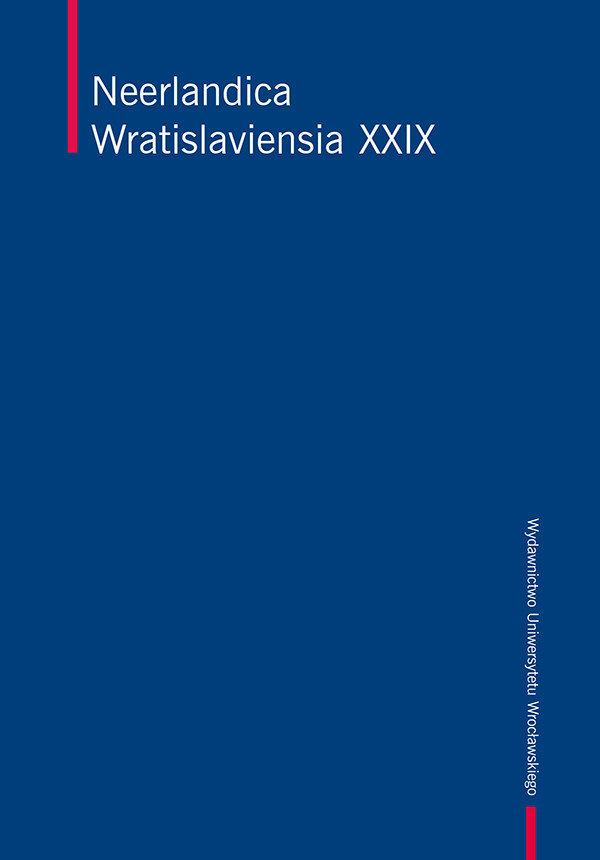Abstrakt
This paper explores the Dutch perceptions of the Polish king John III Sobieski before his famous victory over the Turks at the 1683 Battle of Vienna. Sobieski’s military triumphs and rise to power in the 1670s elicited various favourable responses from the Dutch Republic, most notably several prints by the etcher and engraver Romeyn de Hooghe. His prints laid the foundation for Sobieski’s image as a great European and Christian military leader, but also a specifically Polish and Catholic hero. Sobieski’s war efforts and the image formed of him by De Hooghe cohered with the negative Dutch perceptions of the Turks, as well as with Poland-Lithuania’s reputation as a bulwark of Christendom. The countless glorifying prints, poems and other European responses to Sobieski after his victory at Vienna were in many cases inspired by the image of the Polish monarch created in the Northern Netherlands during the 1670s.


